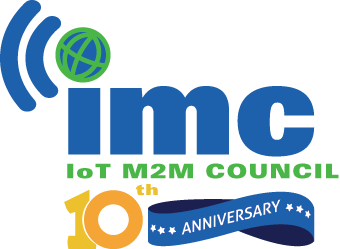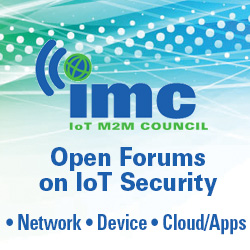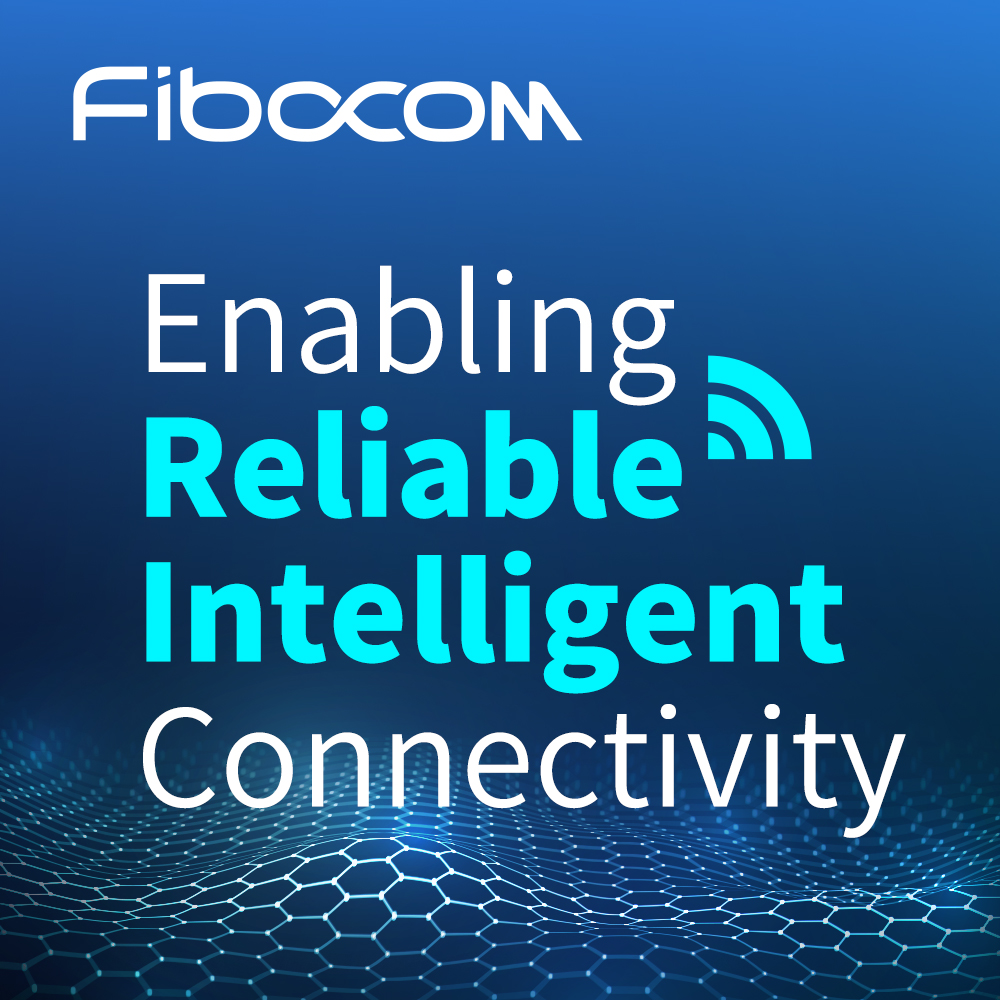Wejo adopts Microsoft Fleets Architecture
- January 18, 2023
- William Payne

Smart mobility developer Wejo has entered an extended collaboration with Microsoft, including adopting the Microsoft Connected Fleets reference architecture. Wejo will be part of an ecosystem of Microsoft partners addressing the fleet management market, helping fleet management independent software providers (ISVs), system integrators (SIs), and fleet managers go beyond limited data sets and basic dashboards to integrate fleet data into core business processes and derive actionable insights for improved business outcomes.
Microsoft Connected Fleets reference architecture is designed to enable a fleet management ecosystem of partners and partner solutions. It simplifies fleet management analytics, value extraction from vehicle data, and streamlining integration with business systems. The reference architecture will streamline access to Wejo’s connected vehicle data (CVD), which is delivered in near real-time, directly from its OEM partners.
“With Microsoft Connected Fleets, Wejo will expand its footprint in the Connected Fleets space while embracing Microsoft’s scalability, reliability, and agility to drive application development and shape future business strategies,” said Richard Barlow, founder and CEO of Wejo. “We’re excited to be part of the Connected Fleets interconnected ecosystem of partner solutions and work with Microsoft on better delivering the data and insights necessary to fleet customers and partners to keep their drivers safe on the road while driving efficiencies across their fleets.”
“Our goal is to transform the growing connected vehicle, fleet, and mobility market with next-generation solutions that offer faster, better quality vehicle data with lower investment. Wejo brings deep experience and expanded data and fleet management insights to Microsoft Connected Fleets,” said Sanjay Ravi, general manager, automotive, mobility, and transportation industry, Microsoft. “Wejo helps to significantly increase solution velocity and lower data acquisition cost by eliminating the need to fit new hardware to vehicles for fleet management, helping drive efficiencies and more value for customers.”




